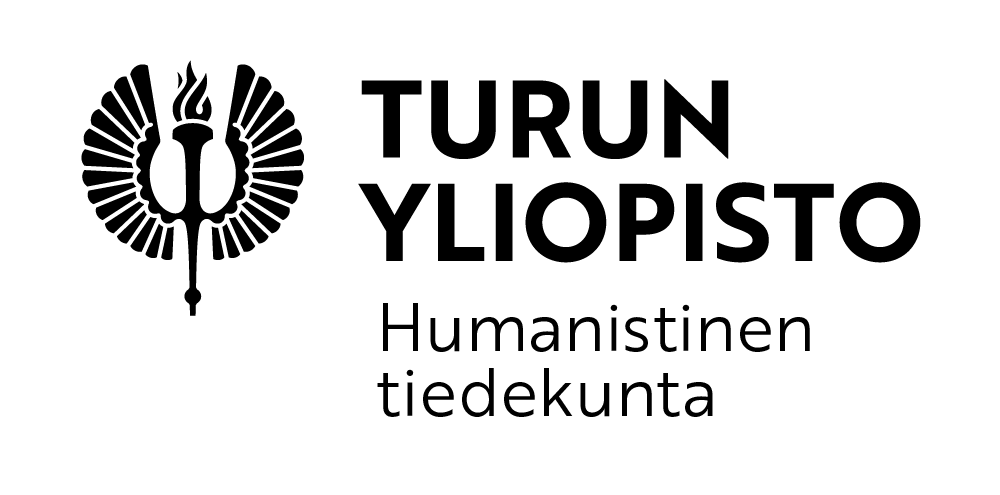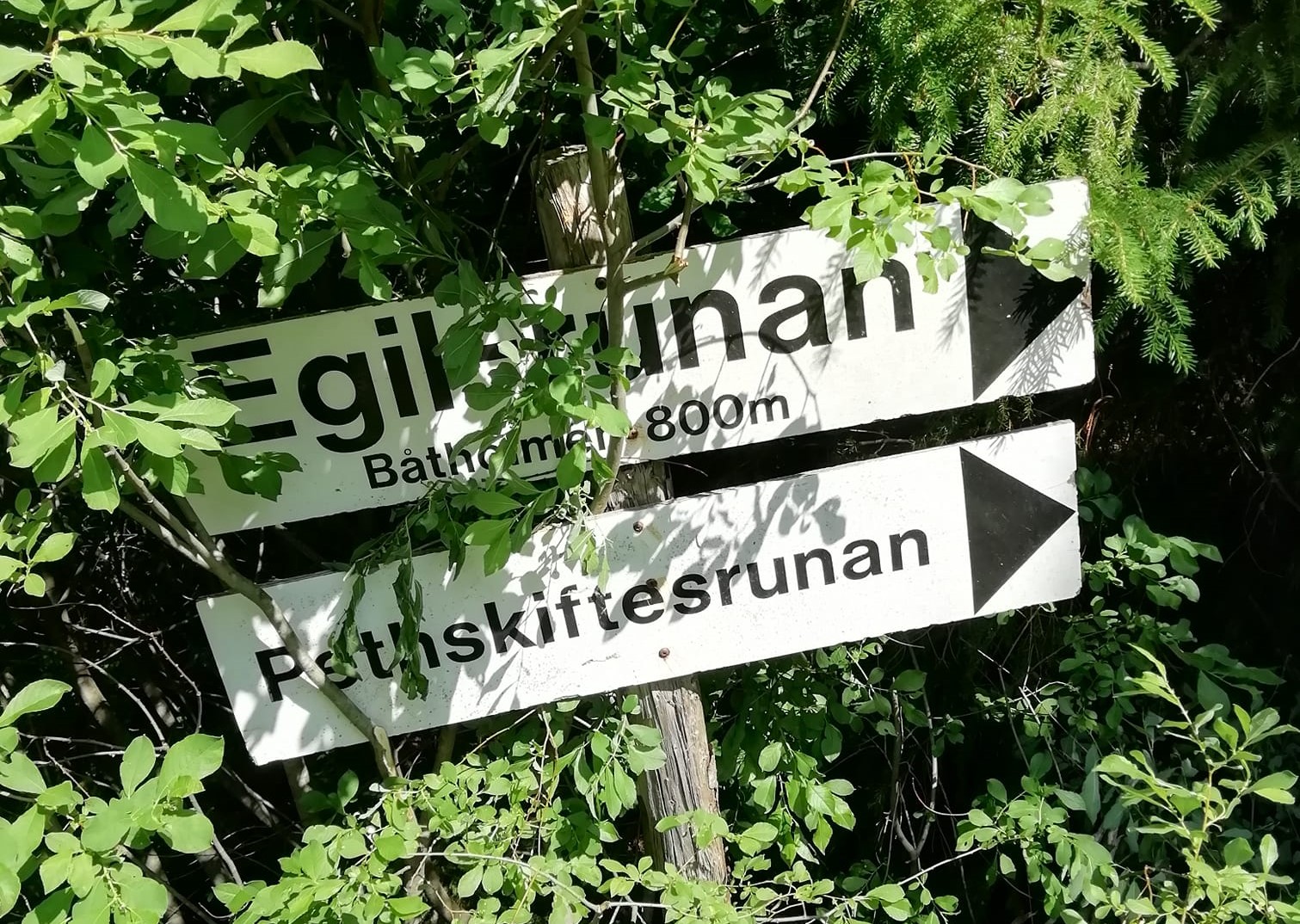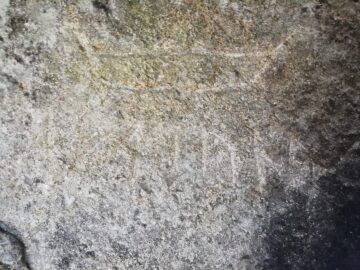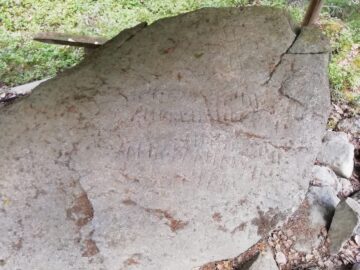Authority crisis in Vörå
Runestone finds in Ostrobothnia in the 1980s set off a debate about their age and about the prehistory of the region. Mutual distrust emerged between local Swedish speakers and the academic establishment.
The communication breakdown can be seen as an authority and epistemic crisis. Who is qualified to judge the age of a runestone? To shape the narrative of Ostrobothnian history?
“Void theory”
Starting in the 1920s, a dearth of Viking Age finds from Ostrobothnia led to a hypothesis that the area lacked permanent settlement at that time. The locals, for whom the area had been Swedish-speaking since time immemorial, saw this as an erasure of their history. They thought the establishment treated the “void theory” as an axiom. I see a difference in views regarding the burden of proof.
Hard to date scratches
It is difficult to date scratches on rock – scientific dating methods such as carbon-14 dating do not apply. Runologists use letter forms, language features and stylistic traits, as well as the archaeological context. The letter forms and linguistic forms in the Vörå inscriptions do not always “match”: some look very old (ca. 800), others late (12th c.). Most runologists thought the runes were carved in the 19th or 20th c. One archaeologist suggested they were made with modern tools.
Archaeologists frustrated
Archaeologists expressed frustration with locals’ interference. The inscriptions were cleared of moss and painted for photos before they could be examined systematically, destroying evidence related to their age. A reported “ancient grave” had fresh loose soil and even fresh berries on top. An excavation was rushed because of warnings that if a site were left open it would get vandalized.
Communication breaks down
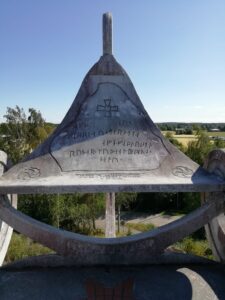
The mutual distrust between the locals and the archaeologists led to disjoint discourses and a cessation of research on the runes. The local “free researchers” founded their own archaeological society and journal. Amateur archaeologists ceased to report their finds to the Board of Antiquities, and later reported rune finds did not receive thorough investigation. Even today the issue of Vörå runes is sensitive.
What went wrong?
The story is an example of failed communication. To the locals, the runologists did not seem to take the finds seriously. Some made statements on their age without having seen the inscriptions themselves; others examined them but did not publish their results. There were strong local personalities who pushed the issue and who framed it in terms of identity politics. The question of runic inscriptions in Finland was connected to language politics already since the start of the 20th c.
- The Vörå debate is discussed in chapter 6 of Runes in Finland (SLS 2024) https://www.sls.fi/publications/runes-in-finland/
Kendra Willson is a researcher in Nordic languages.
